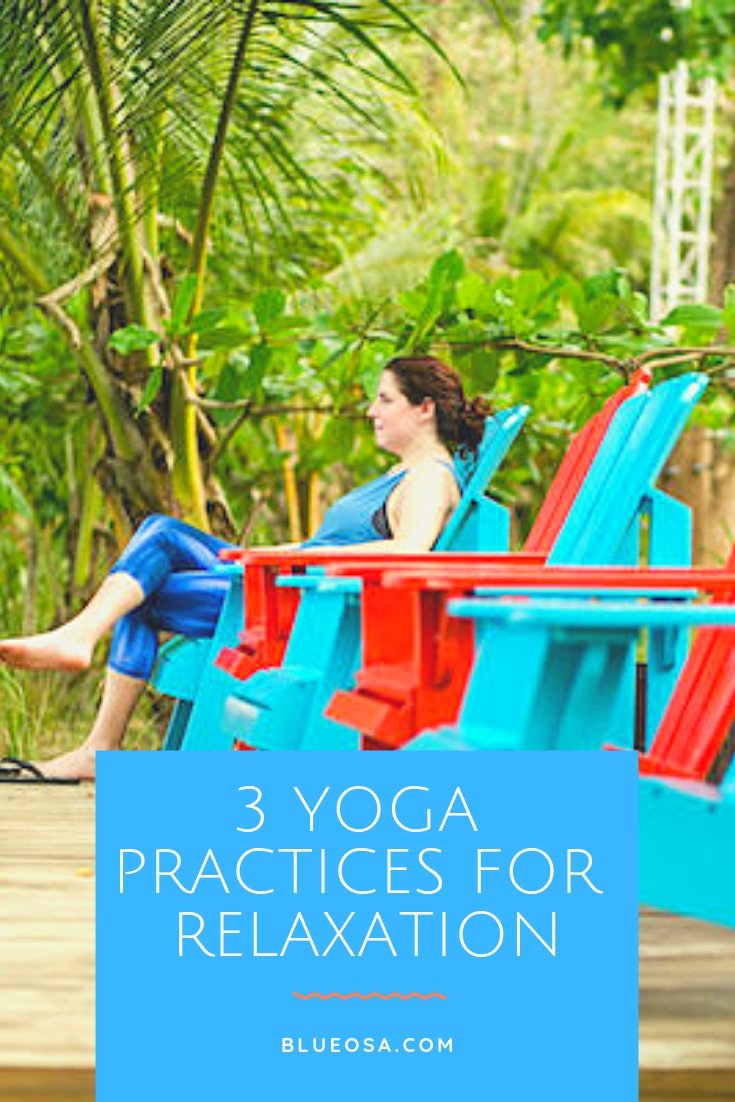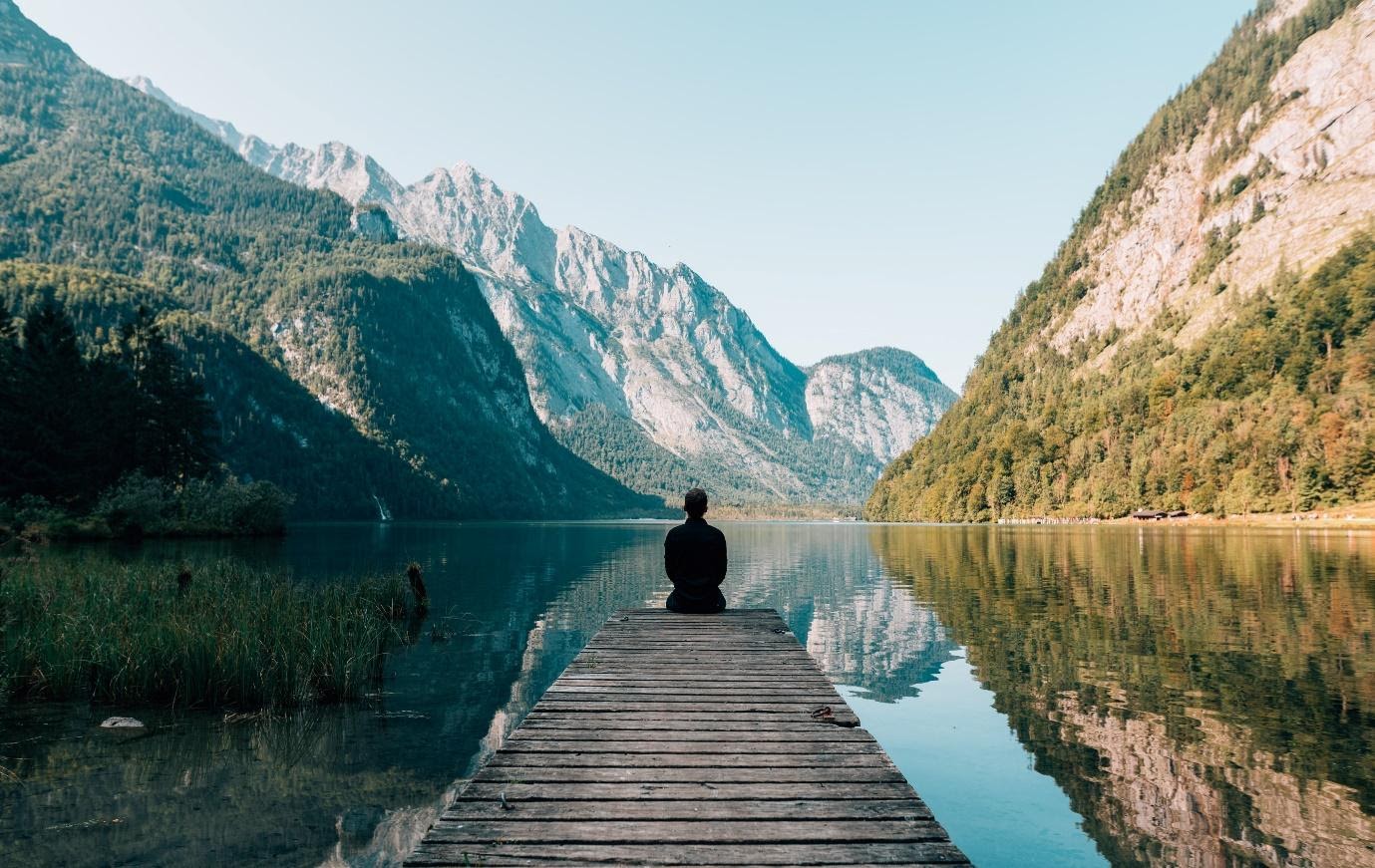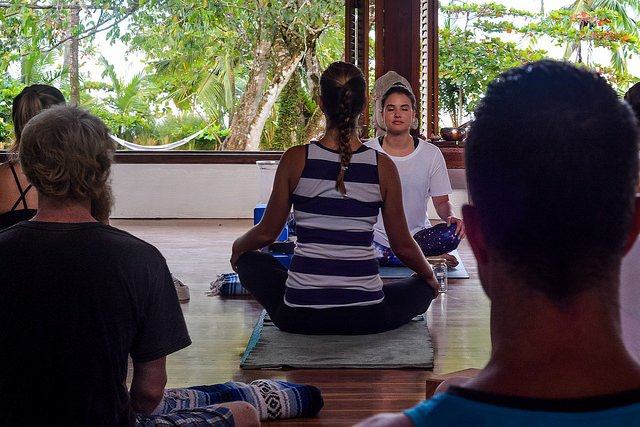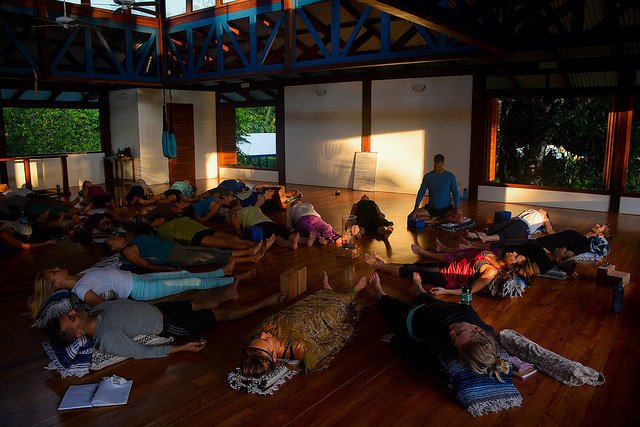Stress is an unavoidable part of life. In modern society, humans are wired to move through life quickly and for many of us, stressful situations are an everyday occurrence. But without an understanding of how to counteract it through relaxation, stress has the potential to affect both our health and our enjoyment of life. Whether you’re a high-powered business person, college student, or stay-at-home parent, learning to relax is one of the best things you can do for your mind and body.
For centuries, yogis have understood that there is great power in relaxation. By learning to relax, we can live life to the fullest and accomplish incredible things. But despite the fact that relaxation is essential for living happily and healthily, most people struggle to achieve it. Our course is designed to teach you effective relaxation tools, which you can use to reach a place of calm in your everyday life.
The Importance of Relaxation
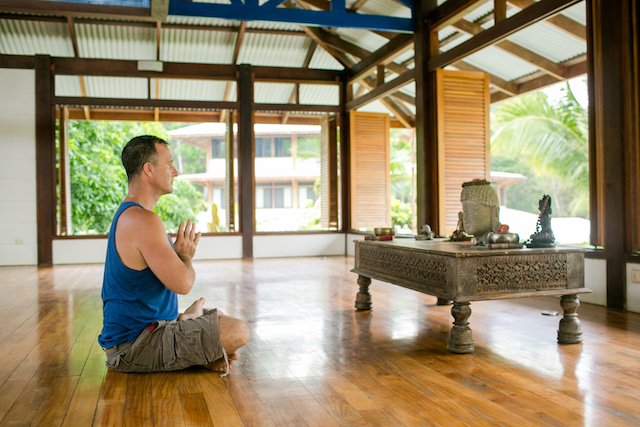
The benefits of relaxation are endless. Being in a relaxed state helps us to make better decisions, get better sleep, meditate properly, work more effectively, and achieve all-around health. But to fully understand the importance of relaxation, it’s worth looking at it in a physiological context.
When we encounter stress, our sympathetic nervous system deals with it by triggering the “fight or flight” response. Tense muscles, a pounding heart, and faster breathing are all typical symptoms of the body’s reaction to stress. “Fight or flight” is a mechanism to protect us from dangerous circumstances, but in ordinarily stressful situations, it can have a negative impact on our well-being. When we continuously exist in our sympathetic nervous system, it affects our ability to rest, to function, and can even result in adrenal fatigue.
Meanwhile, relaxation triggers the parasympathetic system, which is home to the “rest and digest” response. In “rest and digest”, muscles relax, breathing slows, and blood pressure drops or stabilizes. And if you meditate or practice yoga, getting into the state of “rest and digest” beforehand will help you reap all the juicy benefits. To achieve true well-being, we should aim to exist in our restful parasympathetic system. By using the following three relaxation tools, you can learn to get there.
1.Gratitude Practice
The practice of gratitude is the first relaxation tool we’re going to focus on. It’s also one of the quickest and easiest to raise your happiness levels. When we focus on the problems in our lives and think about things we want more of, our minds move into a place of stress. Concentrating on what’s wrong in our lives unsettles our minds, which in turn, can unsettle our whole lives. So the first step in becoming more content and relaxed is to focus on what we already have.
It doesn’t take much effort to make gratitude practice a daily thing. And the more you focus on the richness of life, the greater the feelings of relaxation, abundance, and contentment you’ll experience. You’ll be less likely to worry about what other people have and feel more secure and present within yourself. Try to make gratitude part of your morning routine to set yourself up for the day.
One simple practice involves closing your eyes and saying thank you for everything you have. Or every morning, you could choose to write a thank you note to a different person in your life. Journalling is another great way to practice gratitude. You could write down one thing you’re thankful for or a list of many things. The more you can feel grateful for what you already have, the closer you’ll be to achieving deep relaxation.
2. Body Scan Practice
Even if you’re short on time, there’s nothing to stop you from achieving relaxation. The Body Scan Practice is a perfect example of this – subtle but effective, you can use it as a relaxation tool anytime you want. To replenish your energy and quiet your mind, use this technique while traveling, at work, or even when you’re waiting in line.
To get started with the Body Scan Practice, it’s very simple. Begin by bringing your awareness to your toes and feet, then your ankles, and up to your knees. Continue this practice as you move up through every point of your body until you reach the crown of your head.
Alternatively, you can start at the crown of your head and breathe in, bringing your mind to that point of your body with your breath. Then work your way down your body, breathing at every point – your forehead, eyes, cheeks, throat, shoulders, biceps, forearms, hands – all the way down to your toes. You can then reverse the direction for even deeper relaxation.
If you’re very short on time, simply breathe into the front of your body and then into the back of your body. The Body Scan is also a very effective way to relax just before doing yoga or before meditating.
3. 61 Point Relaxation
The 61 Point Relaxation tool is a favorite at Blue Osa. We practice it every morning during our 200-hour teacher training certification course and it helps our students to set themselves up for the day. 61 Point Relaxation has many purposes as a relaxation technique. It helps to cultivate awareness, prepare the mind for meditation, and move prana (life force energy) through the body.
By bringing awareness to the acupuncture points in the body, this technique energizes these points. Meanwhile, it also shifts the body into a deeply relaxed state. You practice it lying down in savasana, palms facing upwards to the ceiling. Then systematically send breath to each of the 61 points in your body, all of which are listed in our course material. But don’t worry if you don’t feel immediately relaxed. Each time you practice relaxation techniques, you’ll find it easier to enter a state of ease.
Relaxation is essential because it counteracts the stress of daily life. Many of us could do with a lot more relaxation in our lives in order to get better rest, make better decisions, and enjoy life to the fullest. So try these techniques for yourself and enjoy the benefits.
Pin It For Later!
